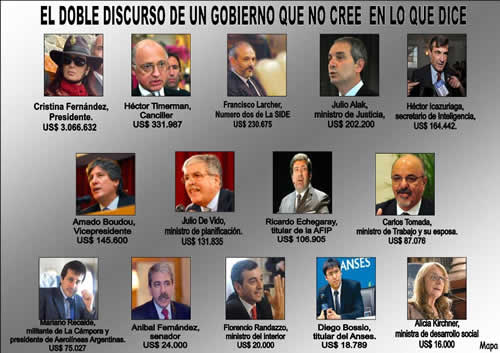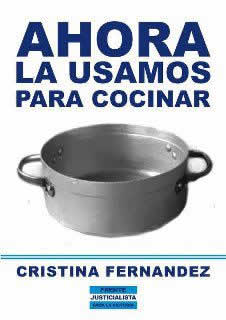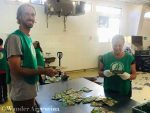If there is one indisputable fact about Argentina, it’s that life is never boring here.
Cacerolazos, clattery protests in which citizens take to the streets and hang out of their apartment windows while banging on pots and pans, have returned to Buenos Aires and other large cities.
History Repeats Itself in Argentina
Cacerolazos became emblematic of Argentina leading up to the 2001 political upheaval and economic crisis, which led to several changes of government in quick succession and a devaluation of the Argentine peso.
A decade later, the social media savvy middle and upper classes are using Facebook, Twitter and other online networks to organize.

Protesters are distraught about inflation rates estimated to be as high as 25%, government restrictions that impede citizens from purchasing dollars, corruption and crime.
The black market exchange of currency has become a huge problem for the current government as Argentinians scramble to purchase dollars. Since late 2011, the national tax agency AFIP has utilized dollar sniffing dogs along borders and around illegal exchange houses in downtown Buenos Aires to crack down on capital flight.
This new wave of protests were fueled by comments made by Senator Aníbal Fernández who encouraged Argentines to, “begin thinking in pesos” as opposed to hoarding dollars.
When confronted on May 31 by journalist Magdelena Ruiz (audio, Spanish) about his U.S. dollar account of US$24,000 he said, “What does it matter to you?…I have dollars because I feel like it. It’s my right. I do what I want with my money.”
A day later he said he regretted losing his temper, but it was too late to stop a ‘virtual cacerolazo’ from sweeping the internet.
The next Cacerolazo, which could possibly be this year’s largest so far, is planned for Thursday, September 13 in Plaza de Mayo and in central plazas throughout the country.
Today, on the eve of the protest, President Cristina Fernández de Kirchner said she plans to convert her 3 million dollars savings into pesos (video, Spanish).
Farmers Strike Nationwide
The country’s farmers also conducted a commercial strike in early June, in protest of exportation restrictions and hikes in property taxes. The production freeze recalls an agrarian strike in 2008 which resulted in huge protests, roadblocks, wild fires in the province of Buenos Aires and limits on the products available in the grocery stores.
Kirchner Supporters Respond

Kirchner supporters and pro Kirchner groups such as La Cámpora and Movimiento Evita paint the protestors as greedy rich people who want to evade taxes by purchasing dollars and leave less-fortunate Argentineans behind.
Many Kirchner supporters receive government benefits such as unemployment insurance and child entitlement subsidies. The programs are mostly funded by income tax, and to a lesser extent, sales tax.
Although the encounter between the two groups could be a recipe for clashes and even violence, rare near-freezing temperatures in Buenos Aires may dissuade both protesters and pro-Kirchner activists from attending.
The Influence of Argentine-style Protests Overseas
The uniquely Latin American cacerolazos started in the 1970’s and have been emulated overseas, most recently among Canadian students holding ‘casseroles‘ to protest tuition increases.


Leave a Reply